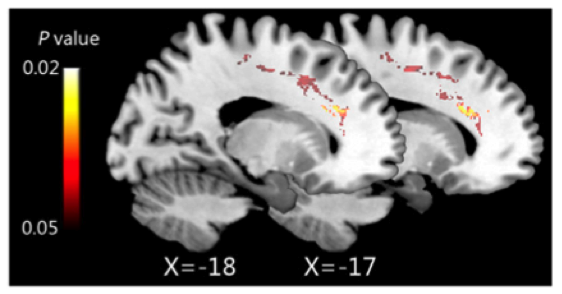
Taking just one mindful breath can be effective at calming the body and the mind.
The physiological reason is that breaths taken mindfully tend to be slow and deep, which stimulates the vagus nerve, activating the parasympathetic nervous system. It lowers stress, reduces heart rate and blood pressure, and calms you down.
The psychological reason is that when you put your attention intensely on the breath, you are fully in the present for the duration of the breath.
To feel regretful, you need to be in the past; to worry, you need to be in the future. Hence, when you are fully in the present, you are temporarily free from regret and worry. That’s like releasing a heavy burden for the duration of one breath, allowing the body and mind a precious opportunity for rest and recovery.
It’s a strategy used by Tennis star Novak Djokovic. The ability to reset and calm the body and mind in mere seconds is how athletes like Djokovic sustain high performance for extended periods.
In a work context, the training and deployment of this skill involves paying attention, on purpose, in the present moment, non-judgmentally. The more you bring this quality of attention to your breath, the more you strengthen the parts of your brain involved with attention and executive control, principally the prefrontal cortex.
Try it today, and see how much more present, effective, and productive you can be.

Together with partner Calmworks, Furthr has designed a mindfulness course that helps people put down mental baggage and approach each new situation with a present, focused mind.
I am interested in learning more about Furthr’s mindfulness course.
Posted in: Infographic of the day, Mindfulness | Leave a Comment











